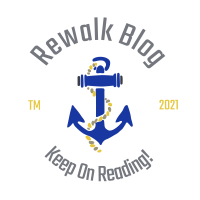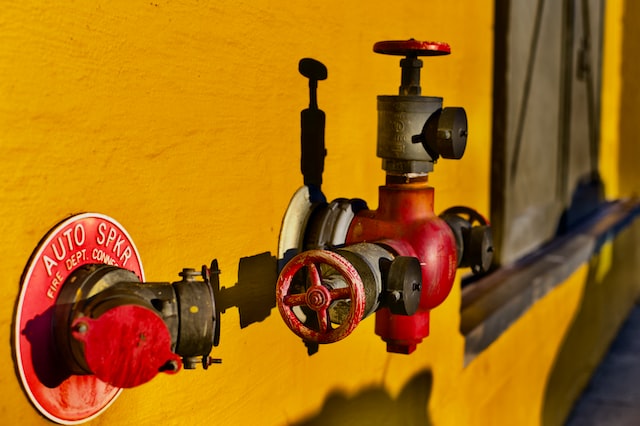Why Fire Sprinkler Inspection and Testing Is Necessary
Fire sprinkler inspection and testing NYC are necessary to ensure your building is up to code. The process of fire sprinkler inspection and testing involves identifying and repairing internal obstructions. These obstructions can impede piping in the future. An experienced fire protection company can identify these issues and provide solutions.
NFPA 25
Although NFPA 25 specifies minimum requirements for fire sprinkler inspection and testing, many users interpret this standard as a suggestion and choose not to perform this work at all. They may do so due to cost-savings concerns, lack of knowledge or enforcement, or a combination of these factors. However, even if you choose not to perform ITM tasks yourself, it is important to follow fire sprinkler installation and maintenance standards to keep your facility and its occupants safe.
NFPA 25 fire sprinkler inspection and test requirements include a rudimentary physical examination of sprinklers, valves, pipes, and other components. It also requires periodic dry testing of individual components. These inspections ensure that the system is functioning properly and that all components meet minimum requirements. In addition, they can also verify the functionality of the system, which may require the installation of a shutoff valve.
NFPA 25 fire sprinkler inspection and test is necessary to ensure the system will operate efficiently in a fire. While it is not a guarantee that a system will work, it will likely work if it has been maintained properly. The inspection and test requirements also include addressing wear and tear issues. The inspections and tests are conducted by a trained professional.
OSHA
OSHA fire sprinkler inspection and testing is an important part of workplace fire safety. It ensures that the system will function properly in case of a fire. According to OSHA regulations, sprinklers must be inspected and tested annually. By following these guidelines, you can be sure that your sprinkler system is functioning properly in the event of a fire.
Aside from fire sprinkler testing, you must also check exit signs and emergency lighting. These are essential for fire safety systems, and OSHA and your local fire codes require them. To prevent any injury or death from an emergency, you should have exit signs and emergency lighting in your workplace. NFPA 101 also outlines the requirements for fire safety systems and emergency lighting. Moreover, all commercial buildings must have a fire safety system that complies with NFPA 101.
You should also ensure that the connection points to the fire sprinkler system are clear, accessible, and unobstructed. In addition, you should provide proper training for your employees to use fire extinguishers. You should also check that your sprinkler system meets the requirements of NFPA 25. Moreover, your sprinkler system should be designed to provide full coverage of your building. It must also be protected from mechanical damage.
Backflow Preventers
Backflow prevention devices can protect your building’s water supply from contamination, but they must be inspected periodically. Failure to do so is against the NFPA 25 Standard for water-based fire protection systems. A Total Solution is a Class 2 contractor that understands the importance of backflow prevention and uses the industry’s best backflow prevention devices.
Backflow preventers prevent water from flowing backward from a fire sprinkler system into a municipal water supply. They can be installed with a backflow prevention assembly system, which prevents backflow from damaging the system. Moreover, fire sprinkler inspection and testing are important for the sprinkler system and the backflow preventer.
National Fire & Safety provides testing, inspection, and reporting services to help businesses protect themselves from backflow. In addition, these services are provided to make sure that backflow prevention devices are installed and working properly. According to EPA, backflow problems occur in 5 percent of commercial and residential buildings. Luckily, yearly inspections can minimize many of these risks.
Owner’s Responsibility
If you have a fire sprinkler system in your building, it is important to get it inspected and tested regularly. A sprinkler contractor is the only one who regularly checks and tests the system, and they are the only ones who know what to look for. In addition, a sprinkler contractor can help you ensure that your building complies with NFPA 25, and they should provide you with a copy of the code.
Depending on the state, fire protection inspection standards and regulations differ from state to state. Additionally, different municipalities may adopt different versions of a standard, resulting in different regulations in each jurisdiction. Contact your local building commission or consult a loss control engineer to learn about your requirements.
The responsibility of an owner to inspect and test the fire sprinkler system extends to keeping records of all required inspections and testing. It is also the owner’s responsibility to ensure that the sprinkler system is updated to accommodate any changes in the building. In addition to ensuring the system is up to date, building owners should also maintain records for three years. Those who do not comply may be subject to lawsuits or a court hearing.

